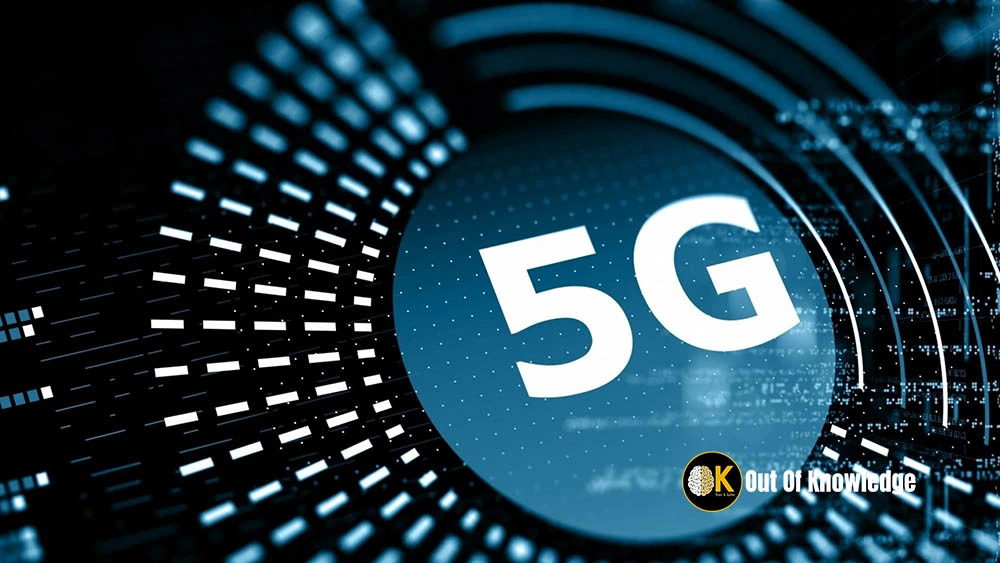Today’s mobile networks use state-of-the-art technology to provide the best possible service to mobile phone users. 5G is the 5th generation of cellular network technology that enables users to enjoy more benefits. In various parts of the world, it is gradually replacing his 4G network that serves the needs of smartphone users when they want to access their data. This network benefits individuals as well as developers by delivering applications faster. On the other hand, it is important to learn more about the pros and cons of 5G technology in order to make the right decisions.
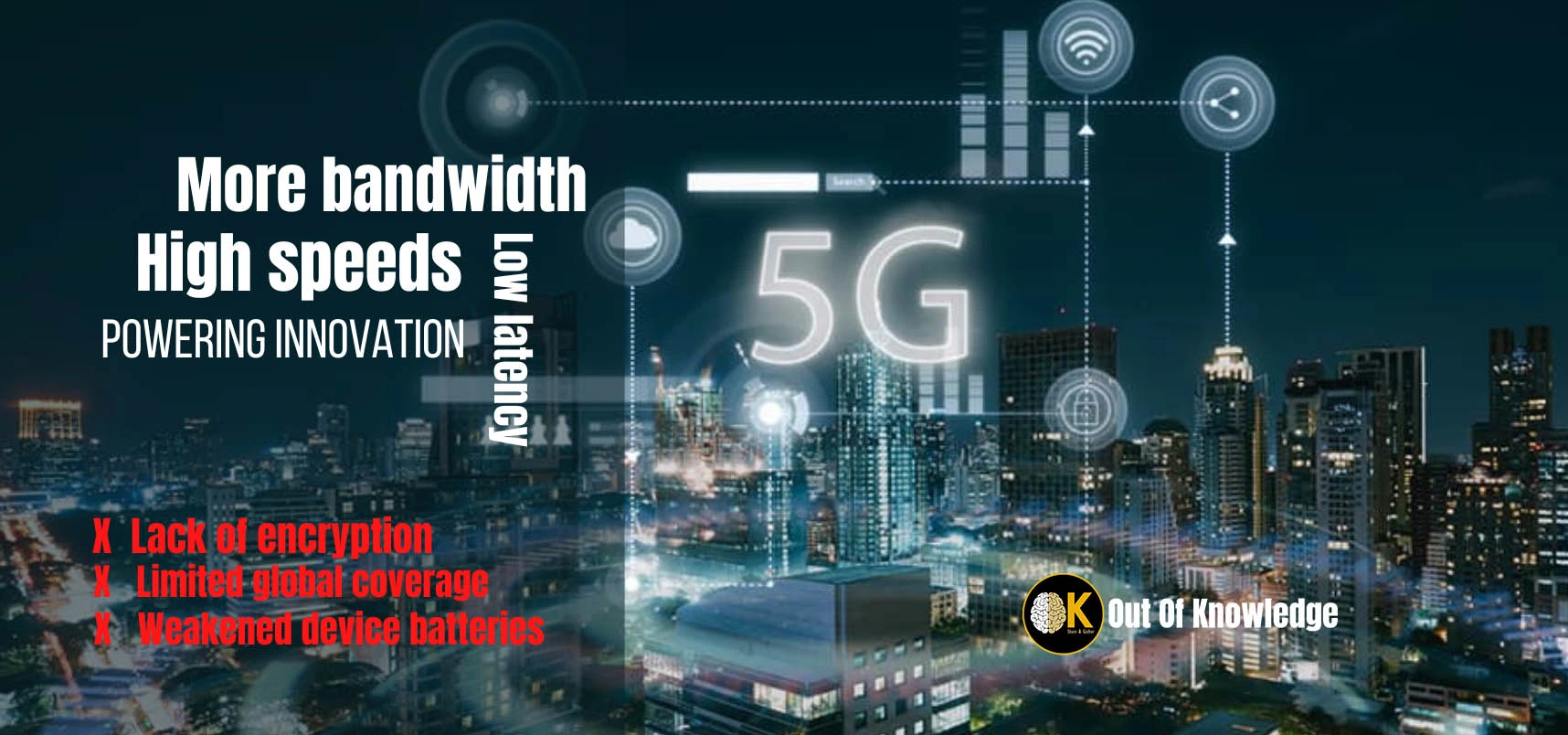
5G Network Advantage
1.High speeds
5G works faster on mobile phones and other devices compared to 4G and 4G LTE. Users can download movies, videos and music in seconds instead of minutes. The network has a speed of 20 Gbps and can be used by businesses for services such as automation and advanced web conferencing. According to a recent study, a consumer with 5G can save about 23 hours a day in download time.
2.Low latency
5G has lower latency than 4G and efficiently supports new applications such as AI, IoT and virtual reality. Not only that, but mobile phone users can open her web page and browse without any hassle. Another thing is that we always have a way to access the Internet when we are looking for important information.
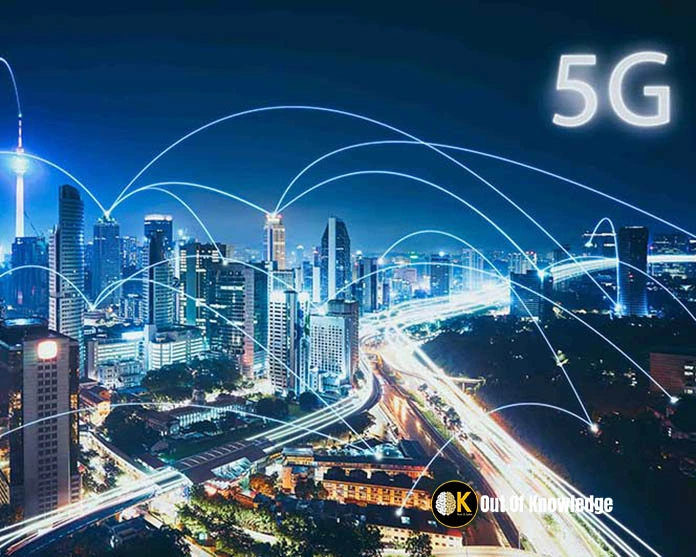
3.Increased capacity
5G can offer up to 100 times more capacity than 4G. This allows businesses to switch between cellular and Wi-Fi wireless strategies for better performance. Apart from that, it provides a way to access the Internet with high efficiency.
4.More bandwidth
One of the main benefits of 5G is increased bandwidth. This allows the data to be transferred as quickly as possible. Moreover, after opting for 5G networks, mobile phone users will have more bandwidth and faster connections.
5.Powering innovation
5G technology is the perfect choice for connecting various devices such as drones and sensors. It provides an opportunity to accelerate IoT adoption, enabling industries to improve productivity and more.
6. Less tower congestion
4G cellular networks are often congested, causing various problems when accessing important data. 5G networks, on the other hand, will allow users to avoid them due to increased speeds and higher bandwidth.
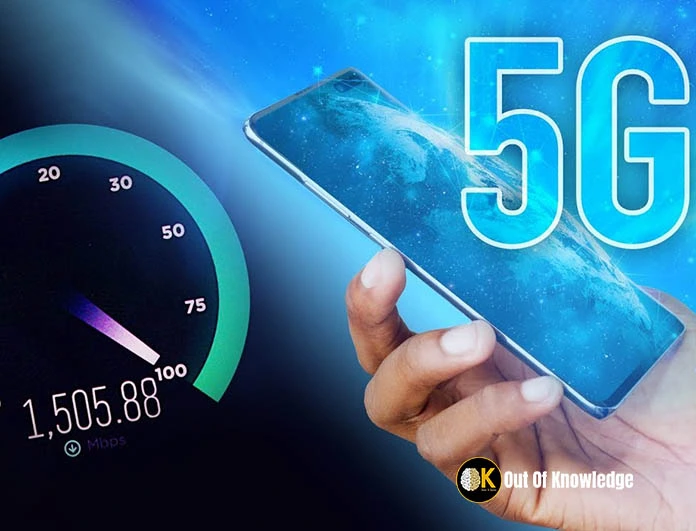
Cons of 5G!
1.Limited global coverage
The main drawback of 5G is its limited global coverage and availability in specific locations. Only cities can benefit greatly from 5G networks, while remote areas may not have coverage for years. Also, the installation cost of tower stations is high compared to other networks.
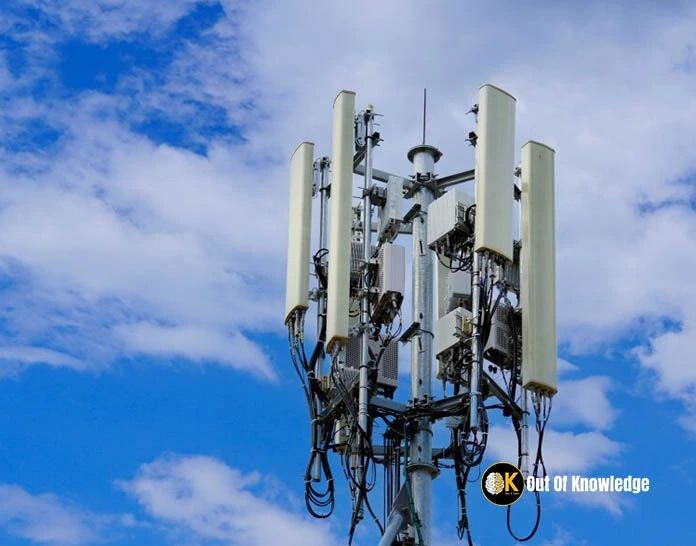
2.Decreased broadcast distance
5G works fast and fast, but it can’t travel as far as 4G. In addition, tall buildings and trees can block the frequencies of his 5G network, which can cause various problems. Coverage therefore requires more towers, which costs time and money. Rain can also cause problems with his 5G coverage, requiring more protection.
3.Upload speeds
5G technology enables mobile phone users to achieve fast download speeds. On the other hand, the upload speed does not exceed 100Mbps compared to 4G. In addition, mobile phones require better battery technology when using 5G connections. Many phone users use 5G to They report that their device gets hot when running on 5G.
4.Lack of encryption early in the connection process
5G will hit businesses hard as it has no encryption and allows hackers to plan their attacks more precisely. More bandwidth will put a strain on current security monitoring and require networks to have security measures in place to prevent cyberthreats. Consumer education is necessary to effectively improve safety. Meanwhile, efforts are being made to improve security with the first rollouts of 5G. Keeping all your IoT devices up-to-date with security patches helps you solve problems and get the best results. In addition, 5G users should take other measures to minimize unwanted issues.
5.Cybersecurity
Cybersecurity is one of the drawbacks of 5G as it leads to hacking. Increased bandwidth makes it easier for criminals to steal your database. Additionally, it uses software that leads to vulnerable attacks. As 5G connects more devices, the potential for attacks increases significantly. Therefore, businesses and businesses need to protect their infrastructure with security operations centers that incur additional costs.
6.Weakened device batteries
Phones that use 5G connections drain their batteries significantly and have a much shorter lifespan. Therefore, manufacturers must invest in new battery technologies to protect their batteries from damage and other problems.
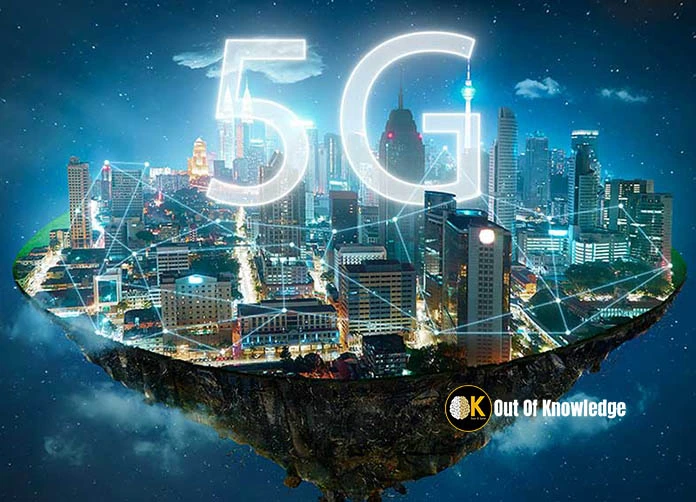
About 5G Technology
Technology is coming, but contrary to what some people say, it can pose health risks. of scientists accuse them of fearing the emergence of 5G wireless technology. Since much of our research is publicly funded, educating the public about what the peer-reviewed scientific literature tells us about the health risks of radio radiation is an important part of our ethics. The chairman of the Federal Communications Commission (FCC) said in a recent press release that the Commission will soon confirm radio frequency radiation (RFR) exposure limits that the FCC adopted in the late 1990s. Announced. These limits are based on behavioral changes in rats exposed to microwave radiation and are designed to protect us from short-term heating risks from RFR exposure.
Since the FCC adopted these limits largely based on studies dating back to the 1980s, the majority of the peer-reviewed studies, more than 500 studies, have been associated with biological or it has been found to cause significant heating with low adverse health effects.
Building on this large body of research, more than 240 scientists who have published peer-reviewed studies on the biological and health effects of non-ionizing electromagnetic fields (EMFs) have signed an international EMF call for stricter exposure limits. I signed the Scientist Appeal. The appeal makes the following allegations:
“Many recent scientific publications show that EMF affects organisms far below most international and national guidelines. Effects include increased cancer risk, cellular stress, harmful increased free radicals, genetic damage, structural and functional changes in the reproductive system, learning and memory impairment, neurological disorders, and adverse effects on general human health. As the evidence mounts, the damage extends far beyond humanity.”
The scientists who signed this appeal undoubtedly represent the majority of experts on the effects of non-ionizing radiation and have published over 2,000 articles and letters on EMF in peer-reviewed journals.


The FCC RFR exposure limits regulate the exposure strength considering the carrier frequency, but ignoring the signal characteristics of the RFR. In addition to the pattern and duration of exposure, certain properties of the signal (pulsation, polarization, etc.) increase the biological and health effects of exposure. New exposure limits are needed that take into account these different effects. Furthermore, these limits should be based on biological effects rather than behavioral changes in experimental rats.
The World Health Organization’s International Agency for Research on Cancer (IARC) classified RFR as “possibly carcinogenic to humans” in 2011. Last year, a $30 million study funded by the U.S. National Toxicology Program (NTP) found that two years of exposure to high-frequency radio waves from mobile phones increased cancer in male rats, and increased cancer in both sexes of rats and mice. found “conclusive evidence” that DNA is damaged in The Ramazzini Institute in Italy replicated the key NTP findings by using different carrier frequencies and significantly reducing exposure to cell phone radiation over the lifetime of rats.
Based on research including human and animal studies and mechanistic data published since 2011, IARC recently prioritized reviewing the RFR over the next five years. Many EMF scientists believe that there is sufficient evidence to consider RFR as a possible or known human carcinogen, so IARC may increase the carcinogenicity of RFR in the near future.
Nevertheless, without conducting a formal risk assessment or systematic review of research on the health effects of radiofrequency radiation, the FDA recently reaffirmed the FCC’s 1996 exposure limits in a letter to the FCC., the FDA has “concluded that there will be no change.” It is currently certified to comply with current standards,” he said, adding, “The results of NTP experiments should not be applied to human cell phone use.” The letter states that “currently available scientific evidence does not support adverse human health effects from exposure below current exposure limits.”
The latest cellular technology, 5G, uses millimeter waves for the first time, in addition to the microwaves used in older cellular technologies from 2G to 4G. Due to its limited range, 5G will require a cellular antenna every 100-200 meters, exposing many to mm Wave radiation. 5G also uses new technologies (such as active beamforming antennas, phased arrays, and massive multiple inputs and outputs known as Massive MIMO) that pose unique challenges for exposure measurements.
We are currently seeing an increase in certain types of head and neck cancer in tumor registries. This may be due, at least in part, to the spread of mobile phone radiation. These increases are consistent with results from case-control studies of tumor risk in heavy mobile phone users.
Conclusion
5G will not replace 4G. It will accompany 4G in the near future, perhaps in the long term. The synergistic effects of simultaneous exposure to multiple types of RF radiation can significantly increase the overall risk of RF injury. Cancer isn’t the only risk. There is considerable evidence that RFR causes neurological and reproductive disorders, possibly due to oxidative stress.
Instead, we need to support the recommendations of scientists and doctors for an immediate moratorium on 5G deployment, and fund the research necessary for governments to introduce biologically-based exposure limits that protect our health and safety. there is.
Every new generation of Wi-Fi that hits the market creates a new wave of fear-mongering health claims. They always come up with the same argument: humans have never been exposed to this level of radiation before, scientists have not proven that the proposed new infrastructure will not harm humans, world Health agencies have already identified radio frequency (Wi-Fi) radiation as “potentially carcinogenic” and should announce a moratorium on the technology until proven safe.

